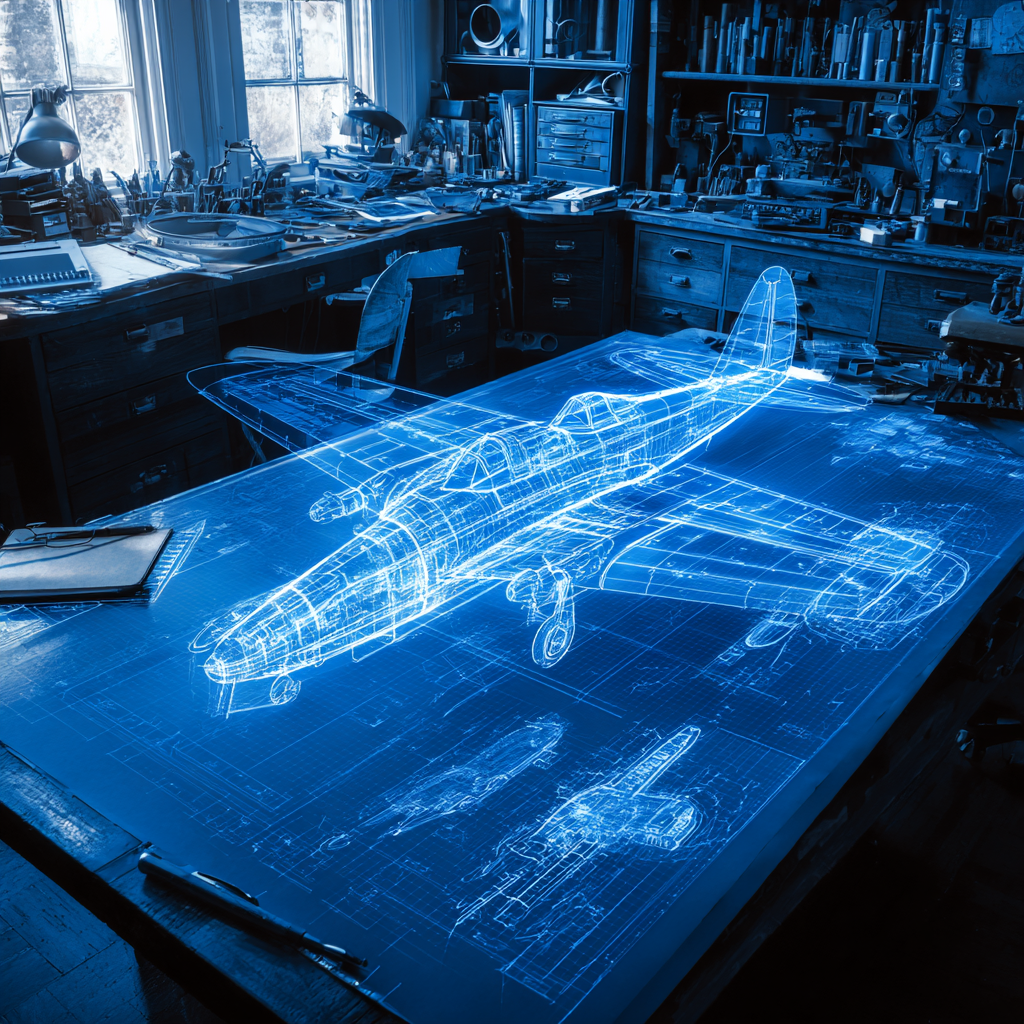MicroStation Can Be Your Secret to Professional Electrical Diagrams

Putting together electrical diagrams can take a lot of time and effort. Fortunately, using the right CAD program can save you time and avoid big headaches. This is why so many people choose MicroStation.
In this guide, we’ll explain how MicroStation can be your secret to professional electrical diagrams. We’ll discuss what it is, how it works, and why it’s so great at making electrical schematics.
What Is MicroStation?
MicroStation is a CAD software made by Bentley Systems. It’s one of the older CAD programs, first released in 1980, but Bentley is still keeping up with updates and releasing new versions.
As a CAD program, it’s really good at 2D solutions but also offers 3D functionality which isn’t as great (just like any other CAD program, there are pros and cons). Recently, we put together a lot of electrical diagrams and used MicroStation to do so.
Why MicroStation Is Great for Electrical Diagrams
After our recent project, we realized how great MicroStation is when it comes to making electrical diagrams. Let’s review some of the big selling points for any electrical or mechanical engineer out there.
Useful DGN Templates
This is more advanced for the beginner user, but MicroStation has a lot of useful DGN templates. A template remembers layers, drawing layouts, borders, symbols, and more. Using a template can save a lot of time, but not all CAD programs are template-friendly.
With MicroStation, we spent an hour at the beginning of the project putting together a DGN template. By the end, we calculated that it saved us about 200 hours. This is time saved making symbols, borders, layouts, creating layer types, and setting default sizes. That’s a lot of potential time and money saved.
Accudraw Speeds Up the Process
There’s a 2D feature called Accudraw that works like AutoCAD’s Osnap features, but a lot better. MicroStation offers many more snapping options and has an overall better performance using the snap.
With electrical diagrams, snapping lines together is 50% of the work. Everything is drawn at right angles and all the lines are straight, so it helps to have Accudraw in your corner.
Siemens NX and CATIA V5 sometimes struggle with snaps, so it’s good to know that MicroStation can do it better than the other big players.
It’s Very 2D-Friendly
We’re going to mention it again: MicroStation is very 2D-friendly. We have a lot of customers who strictly use it for 2D, and never even considered the 3D aspect of the program.
Whether you’re using 2D raster images or vectors on MicroStation, you’ll notice a clean user interface (UI), easy controls, and quick tools that speed up 2D drawings. Since electrical diagrams are only done in 2D, this is a huge deal. You don’t have to struggle with stray lines in 3D.
Quickly Link Files to Make Better Top-Level Documents
Most electrical diagram packages have some sort of cover page that lists the schematics, gives page numbers, and might even mention how the drawings are connected.
With MicroStation, you can take this a step further. It allows you to link files together and automatically jump between pages via hyperlinks.
If you spend some time making a polished top-level electrical diagram, the viewer can quickly get around the document. This makes troubleshooting a machine a lot easier.
It’s Highly Customizable
One of the big selling points of MicroStation is how customizable it is. You can move around ribbons, create shortcuts, change how your screen looks, and change what your keys do. If you like things a particular way, then look no further.
You can also save each customized setup as a separate setup. In other words, you can make a dedicated electrical diagram layout for your program. When you open this pre-set configuration, all of the important buttons are bundled into one tab together.
Create Your Own Library of Symbols
Another great feature that we often take advantage of is the ability to make your own library of symbols. Later, you can call the symbols by typing in a command or scrolling through the library.
How does that help with your electrical diagram? Well, everyone does their schematics a little bit differently. Maybe you use a different symbol for motors, or maybe you have a legacy symbol for one of your more unique electrical components.
With this library, you can immediately call up and insert your unique symbol. You can create each symbol to be scaled already with certain snappable points.
This lets you quickly drop the symbol in place and connect the wires together. This is yet another way that you can streamline your MicroStation electrical diagrams.
Conclusion
As you can see, MicroStation has a lot to offer. When it comes to professional electrical diagrams, it’s hard to think of another program that does it better.
If you need help putting together your next batch of electrical diagrams, reach out to our team at CAD/CAM Services. We are a full-service engineering team that handles electrical drawings, 2D CAD conversion, and full 3D CAD assemblies. Reach out for a free quote today.
Recent Posts


Tips for Picking the Perfect 3D CAD Viewer for Your Needs
This guide will teach you about 3D CAD viewers and outline considerations to make before picking the right one. We review 5 options and pick a clear winner.

In this guide, you’ll learn how CAD/CAM Services can save you time and money during each digitization project. Digitization can make manufacturing faster than ever before.

How to Build an Aircraft Model by Converting 3D-Scanned STL Files into Functional 3D STEP Files
This in-depth guide will teach engineers how to use 3D-scanned aircraft files and transform them into manufacturable 3D STEP files with fewer mistakes.
